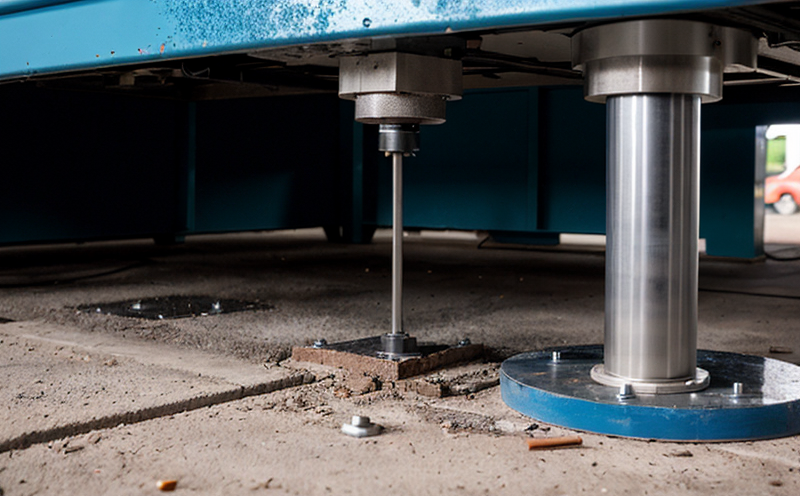ISO 12716 Residual Stress Analysis Using Barkhausen Method
The ISO 12716 standard provides a comprehensive framework for residual stress analysis using the Barkhausen method. This non-destructive testing technique is particularly valuable in additive manufacturing (AM) and 3D printing where residual stresses can significantly impact the mechanical properties, dimensional stability, and overall performance of parts.
The Barkhausen effect, discovered by Fritz Barkhausen in 1905, describes changes in the magnetic flux of a ferromagnetic material when subjected to an alternating current. These changes are closely linked to the distribution of residual stresses within the material. By applying this method, we can quantify these stresses non-invasively and precisely.
The process involves subjecting a part to an alternating magnetic field while measuring the Barkhausen noise generated by the material's response to stress. The magnitude and frequency spectrum of this noise are analyzed to determine the distribution of residual stresses across the specimen. This technique is particularly useful for analyzing complex geometries and thin sections that are common in AM parts.
For quality assurance, we follow strict protocols outlined in ISO 12716. Specimens are prepared according to the standard's specifications, ensuring accurate and reproducible results. Our laboratory adheres to international standards such as ISO 9001 for quality management and ISO/IEC 17025 for technical competence.
Our team of experts uses state-of-the-art equipment including high-frequency generators, signal processors, and data analysis software. This allows us to provide precise measurements that are crucial for understanding the stress field in AM parts. The results are interpreted by our skilled engineers who can offer insights into potential issues and areas for improvement.
The ISO 12716 method is particularly beneficial for industries such as aerospace, automotive, and medical devices where part integrity and dimensional stability are critical. By identifying residual stresses early in the manufacturing process, we help prevent costly rework or failures in end-use applications. This non-destructive approach ensures that parts remain usable during testing, preserving their structural integrity.
Our service includes full documentation of all test procedures and results, ensuring complete transparency for your quality management team. We also provide detailed reports with recommendations on how to mitigate identified stress issues, enhancing the overall reliability of your products.
Applied Standards
| Standard Number | Description |
|---|---|
| ISO 12716 | Non-destructive testing of ferromagnetic materials for residual stress measurement using the Barkhausen effect |
Quality and Reliability Assurance
- Compliance with ISO 9001: Quality Management System
- Adherence to ISO/IEC 17025: Technical Competence for Calibration and Testing Laboratories
- Use of advanced signal processing techniques for accurate stress measurement
- Standardized specimen preparation ensuring reproducible results
- Detailed documentation and reporting aligned with international standards
- Regular calibration and validation of test equipment to ensure precision
Competitive Advantage and Market Impact
- Proactive identification of potential stress-induced issues, preventing costly rework or failures.
- Enhanced product reliability leading to higher customer satisfaction and retention.
- Precise measurement capabilities contributing to the development of innovative AM processes.
- Compliance with international standards ensuring global market acceptance.





